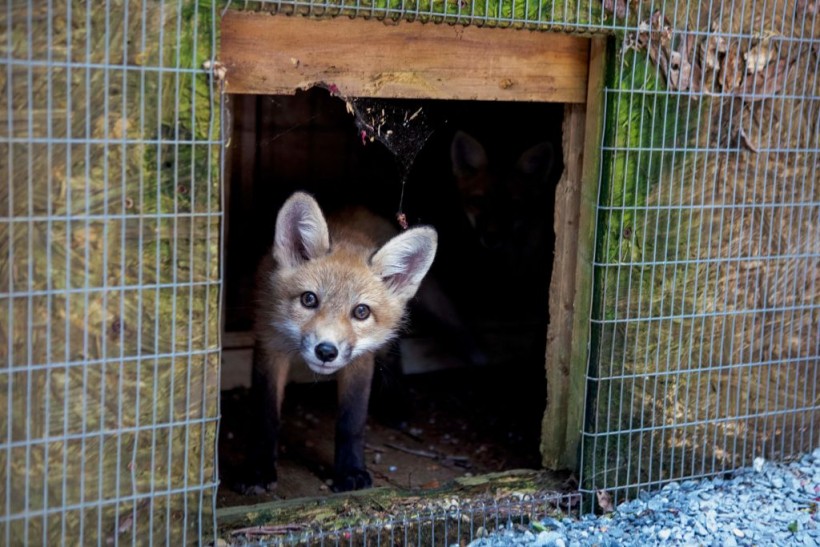Foxes are one of the unique animals in wildlife and have different ways to adapt, hunt, and survive living in different habitats
Animal kingdom shows different foxes that people can find. They are unique in their behaviors and survival in the wild. Understanding can help with conservation efforts amidst threats of climate change, habitat destruction, commercial development, and pesticide use.

Here are the different foxes in the animal kingdom.
Corsac Foxes, known as Vulpes Corsac
According to an Animalia report, the Corsac foxes (Vulpes corsac) can adapt to their environment, which is mostly found in grassy steppes and arid areas in Central Asia, Western Asia, and East Asia. In terms of appearance, the Corsac has pale fur, helping them blend into their surroundings. The said fox keeps away from human disturbances.
Arctic Foxes, known as Vulpes Lagopus
The Arctic fox can live in harsh environments in the Arctic region, staying in mountainous or tundra areas. They can change their fur color to adapt to every season. The species is also known as Arctic fox or snow fox.
In adapting to changing environments, Arctic foxes are recognizable by their rounded ears. They are also known as burrow dwellers, feeding on vegetables or small animals.
Fennec foxes, known as Vulpes Zerda
Next on the list are the Fennec foxes, known as Vulpes Zerda. The species is considered a desert-dwelling fox, mostly found in parts of Africa and Arabian peninsulas. Unlike other foxes, they have small heads.
Reports reveal that the species have developed auditory abilities, allowing them to hear noises in sandy areas. The adaptation of their sensory structures helped them survive amidst the harsh temperatures.
Red Foxes, known as Vulpes Vulpes
According to a University of Michigan Museum of Zoology report, the red foxes are found in the Arctic Circle to Central America, including in parts of Asia and Africa. Unlike other foxes, red foxes are widely distributed.
They live in forested areas, tundra areas, farmlands, and deserts. The mixed vegetation is ideal for red foxes. The animal shows coloration, from pale yellowish to reddish. In terms of size, the red foxes are large species, and males are mostly larger.
Grey Foxes, known as Urocyon Cinereoargenteus
Gray foxes, known as Urocyon cinereoargenteus, are good climbers of trees, recognizable by their silver-gray appearance. They can hunt in trees, and hide there for potential predators.
They have strong, hooked claws that they use in hunting. In terms of range, gray foxes are found in parts of the U.S., Southern Canada, and South America.
Additionally, their sharp claws allow them to access unattainable food resources, helping them to survive in the wild.
Bat-eared Foxes, known as Otocyon megalotis
Bat-eared foxes, with sandy gray appearance, have lighter fur found in short-grass savannas and scrublands. They are considered harvesters of termites. Being insectivores, the fox can eat different beetles, grasshoppers, and even spiders!
The animal can reach a height of 30 to 40 centimeters, and weigh up to 5.4 kilograms.
Related Article: Fox Steals Phone of RSPCA Animal Rescuer, Takes Selfie Video at Woodland Area in UK Village
For more similar, don't forget to follow Nature World News
© 2024 NatureWorldNews.com All rights reserved. Do not reproduce without permission.


![Plastic Pollution: Scientists Include Spores of Plastic-Eating Bacteria ‘Bacillus Subtilis’ to Develop 'Self-Digesting Plastic' [Study]](https://1471793142.rsc.cdn77.org/data/thumbs/full/70396/280/157/50/40/plastic-pollution-scientists-include-spores-of-plastic-eating-bacteria-bacillus-subtilis-to-develop-self-digesting-plastic-study.jpg)


